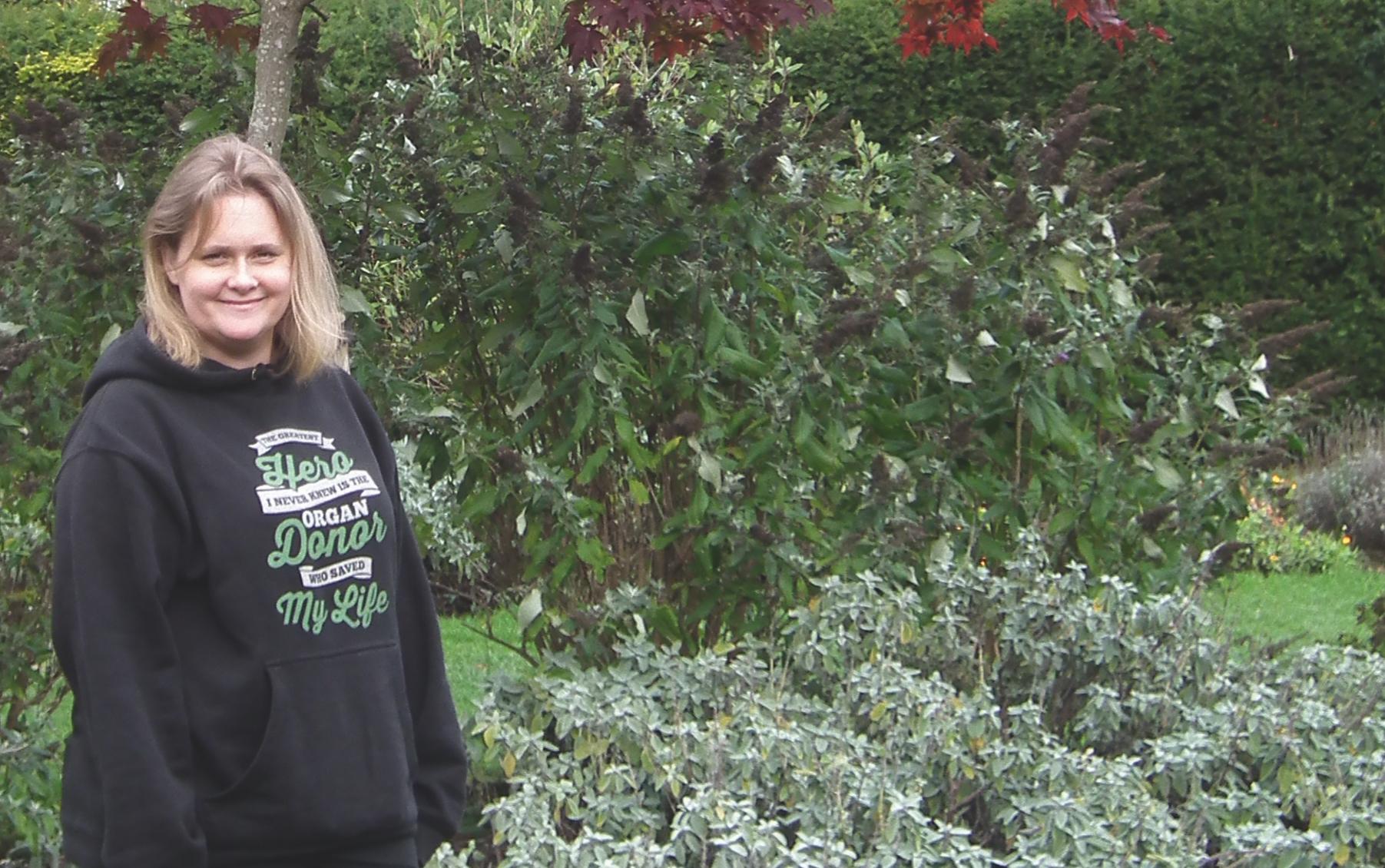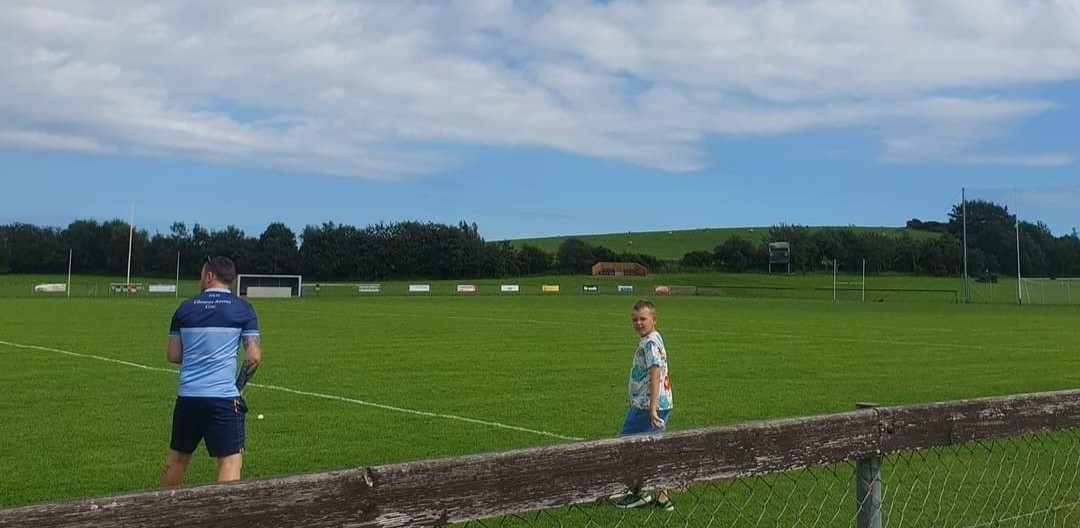
Amanda Skingle
Diagnosed with type 1 in 2001
Taking part in Swim22 helped my recovery so much. Despite all the upheaval of this year, I’m in the best place I’ve been for a long time.
Amanda was first diagnosed with type 1 diabetes when she was 18. She hasn't always looked after herself as well as she could, but following a kidney and pancreas transplant in 2018 she's been getting more active and living a healthier lifestyle. After her sister-in-law spotted our Swim 22 challenge advertised on Facebook she realised it was perfect opportunity to raise vital funds to support our work while enjoying her favourite type of exercise.


